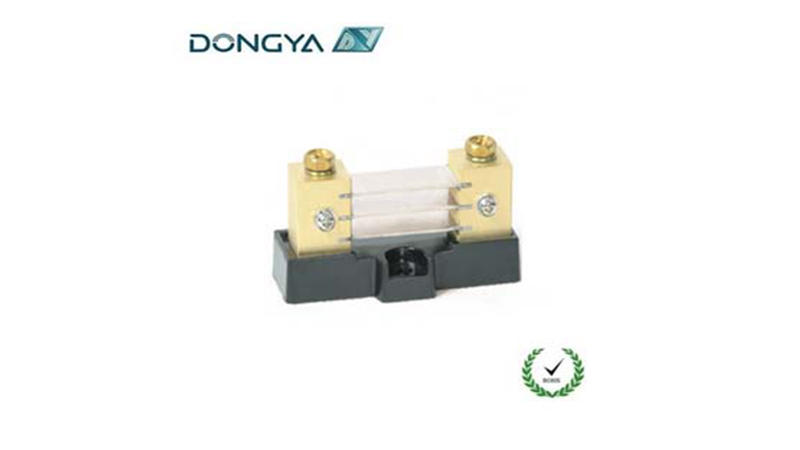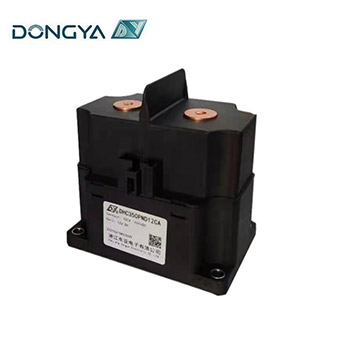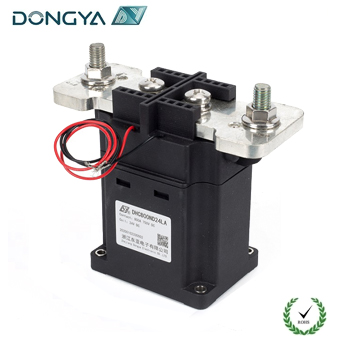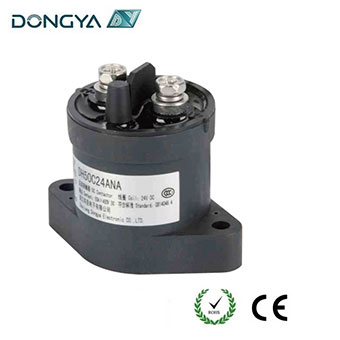In electrical and electronic circuits, accurate current measurement is essential for performance monitoring, safety, and control. One of the most common and cost-effective methods of measuring current is with a shunt resistor (or shunt for short). But how do shunts work? What factors should be considered when selecting a shunt? This article explores the working principle, applications, and key selection criteria of shunts.
What is a shunt?
A shunt is a low-ohmic precision resistor connected in parallel with an ammeter or current measurement circuit. Its main function is to divert a known proportion of the current, allowing the remaining current to flow through the main circuit. By measuring the tiny voltage drop across the shunt (according to Ohm's law, V = I × R), the actual current can be calculated.

Key features of a shunt:
Extremely low resistance (usually milliohms or microohms) to minimize power loss.
High accuracy for precise current measurement.
Stable temperature coefficient to maintain accuracy under a wide range of conditions.
How do shunts work?
1. Shunt Principle
A shunt resistor is placed in series with the load. Since the shunt resistor is very low relative to the resistance of the circuit, most of the current flows through the shunt, with a small voltage drop measured across it.
2. Voltage Drop Measurement
The current (I) can be calculated by measuring the voltage (V) across the shunt and knowing its resistance (R), according to Ohm's law (V = I × R).
Example:
If 100A flows through a 0.001Ω (1mΩ) shunt resistor, the voltage drop is:
V = 100A × 0.001Ω = 0.1V (100mV)
A voltmeter across the shunt resistor reads 100mV, indicating a current of 100A.
3. Signal Conditioning and Amplification
Since the voltage drop is very small (millivolts), an amplifier or precision analog-to-digital converter (ADC) is often used to improve the measurement accuracy.
Key Factors in Choosing a Shunt Resistor
When choosing a shunt resistor, consider the following:
1. Shunt Accuracy
A high-precision shunt (0.1% to 1% tolerance) ensures minimal measurement error.
Critical in applications such as battery management, power supplies, and industrial automation.
2. Shunt Resistor Value
Lower resistance = less power loss, but requires more sensitive voltage measurement.
Higher resistance = greater voltage drop, but may affect circuit performance.
3. Rated Operating Current
The shunt must be able to handle the maximum expected current without overheating.
Exceeding the rated current may cause resistance drift or damage.
4. Temperature Coefficient
Resistance changes with temperature; a low TCR (temperature coefficient of resistance) ensures stable readings.
Critical for high power or temperature variation environments.
5. Current Waveform (DC, AC, or Pulse)
DC shunts are simple and widely used.
AC/pulse current shunts must consider frequency response and inductance.
6. Shunt Materials
Manganese copper or constantan are commonly used for their low TCR and stability.
Copper shunts are cheaper but have poor temperature stability.
Applications of Shunt Resistors
Shunts are widely used in:
Battery Monitoring Systems (BMS) – Measuring charge/discharge current.
Power Supplies and Inverters – Current Feedback Regulation.
Motor Control – Overcurrent Protection and Efficiency Monitoring.
Electricity Meters – Accurate Power Consumption Measurement.
Automotive and Industrial Electronics – High Current Sensing in Electric Vehicles and Machinery.
Conclusion
Shunt resistors are a simple yet powerful tool for circuit current measurement. By understanding how they work and selecting the right shunt resistor based on accuracy, resistance value, current rating, and temperature stability, engineers can ensure reliable and efficient current sensing.
For applications that require interchangeable shunt resistors, be sure to verify their compatibility with the measurement system and environmental conditions.





